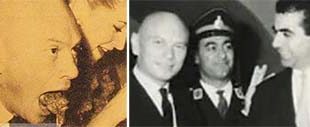Government Shelter Services
In a government shelter — a two-story parking garage under a ministry building — roughly 1,600 people were housed and relatively well cared for. Single individuals were separated from families. The shelter featured five toilets, 24 water connections, three large televisions, and a video recorder. Private and public electrical outlets were available, as well as an ambulance for emergencies. Families received a daily allotment of milk and yogurt and could purchase hot meals for a modest fee. A medical department administered injections, and a cooperative store offered access to non-rationed supplies.
Each night, the Air Force Theater Group performed a two-hour program that featured magic, plays, and comedy. The routine offered a respite from the grim realities beyond the shelter walls. In one remarkable scene, a pregnant woman went into labor and was taken by ambulance to a nearby hospital. After giving birth, she returned to recover in the shelter. In moments like these, amid the death and terror, life found a way to assert itself — making even death seem to laugh.
The special issue of Adineh captures a moment in history when Tehran was under siege, and its people responded with resilience and dignity. Through reports like those of Afsaneh Nahid, we gain insight into the trials and tribulations faced by ordinary families, highlighting the strength and solidarity that emerged in the darkest of times. Today, as we revisit these stories, we are reminded of the enduring human spirit that can flourish even under the looming shadow of devastation.

